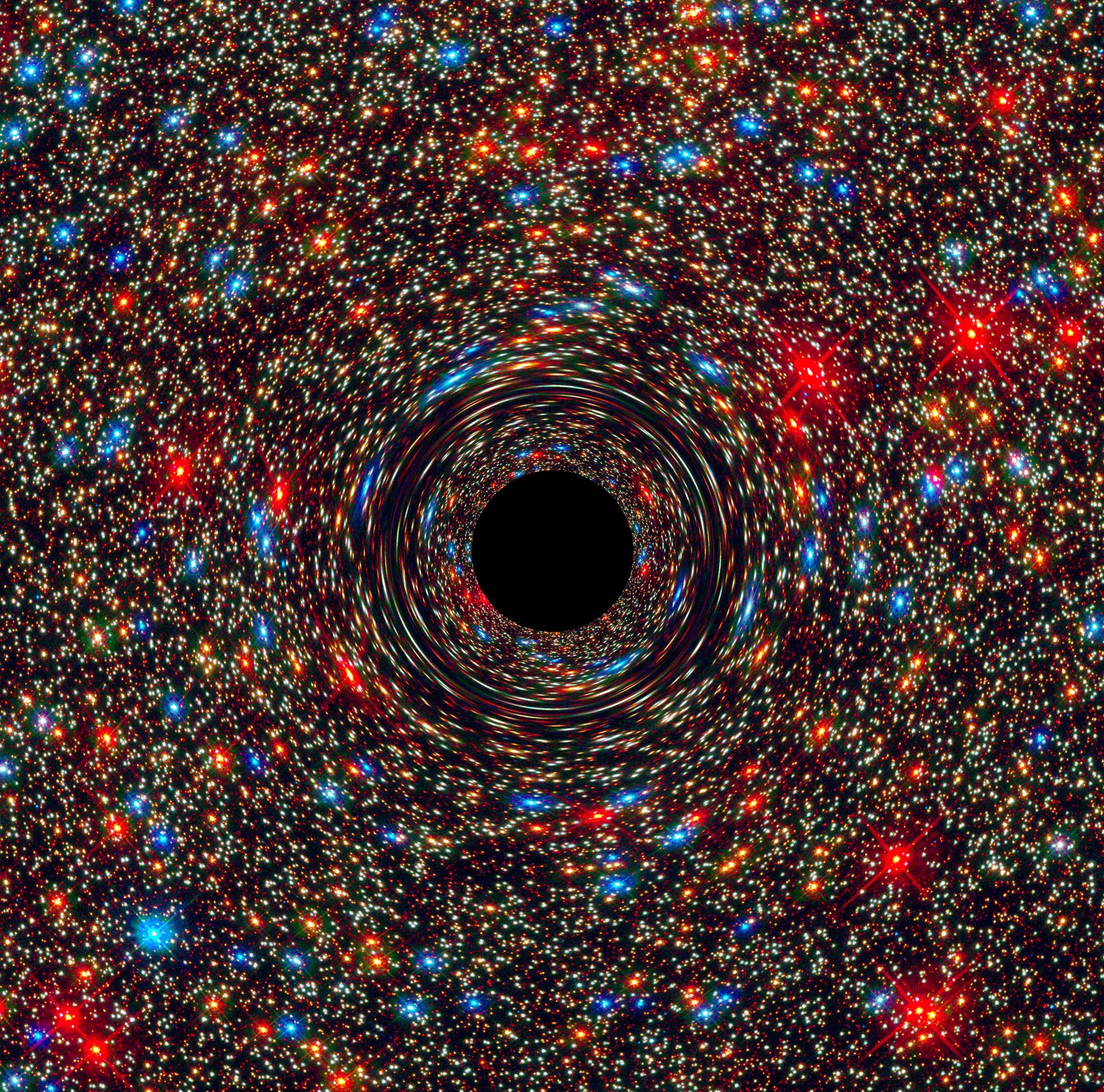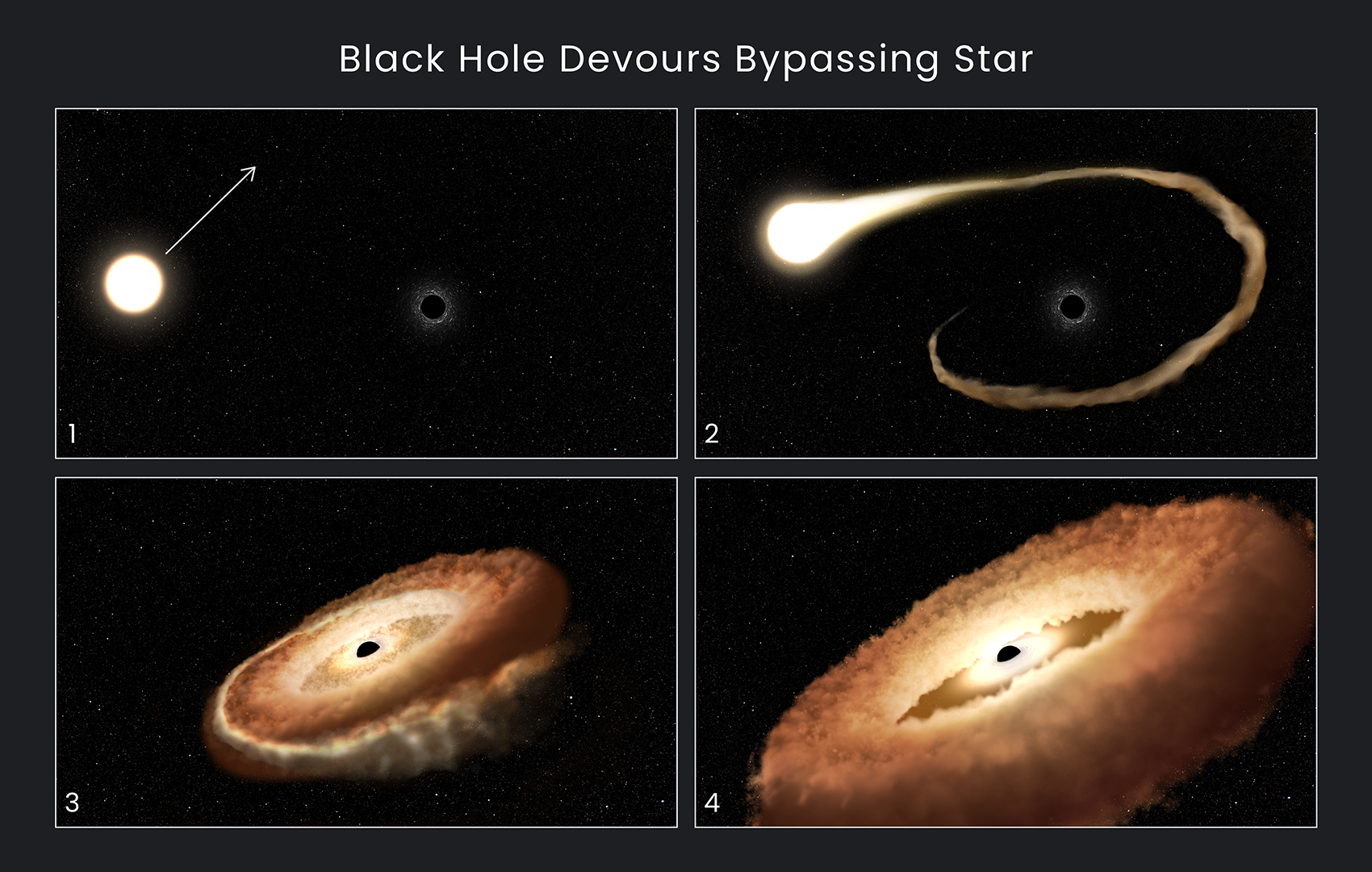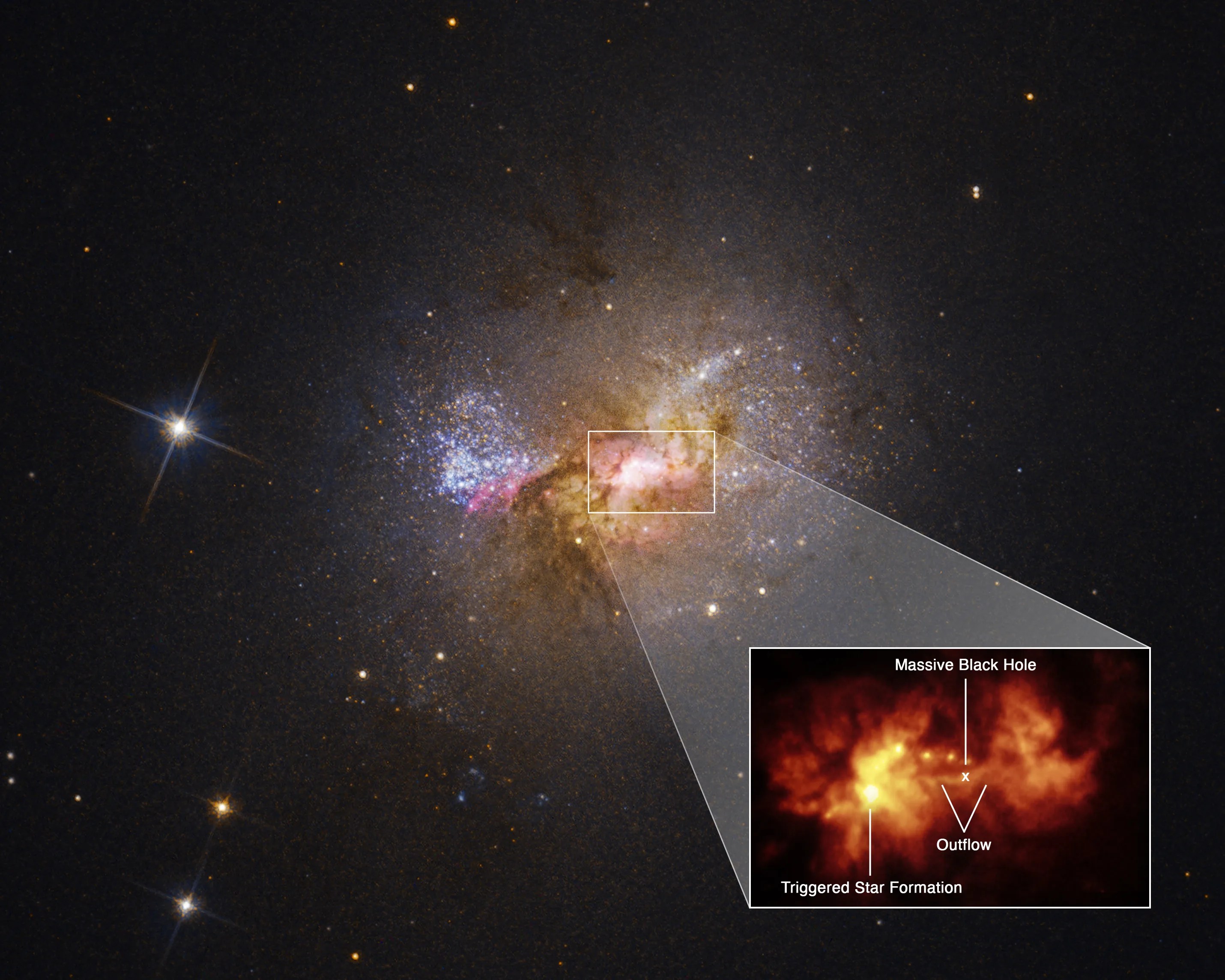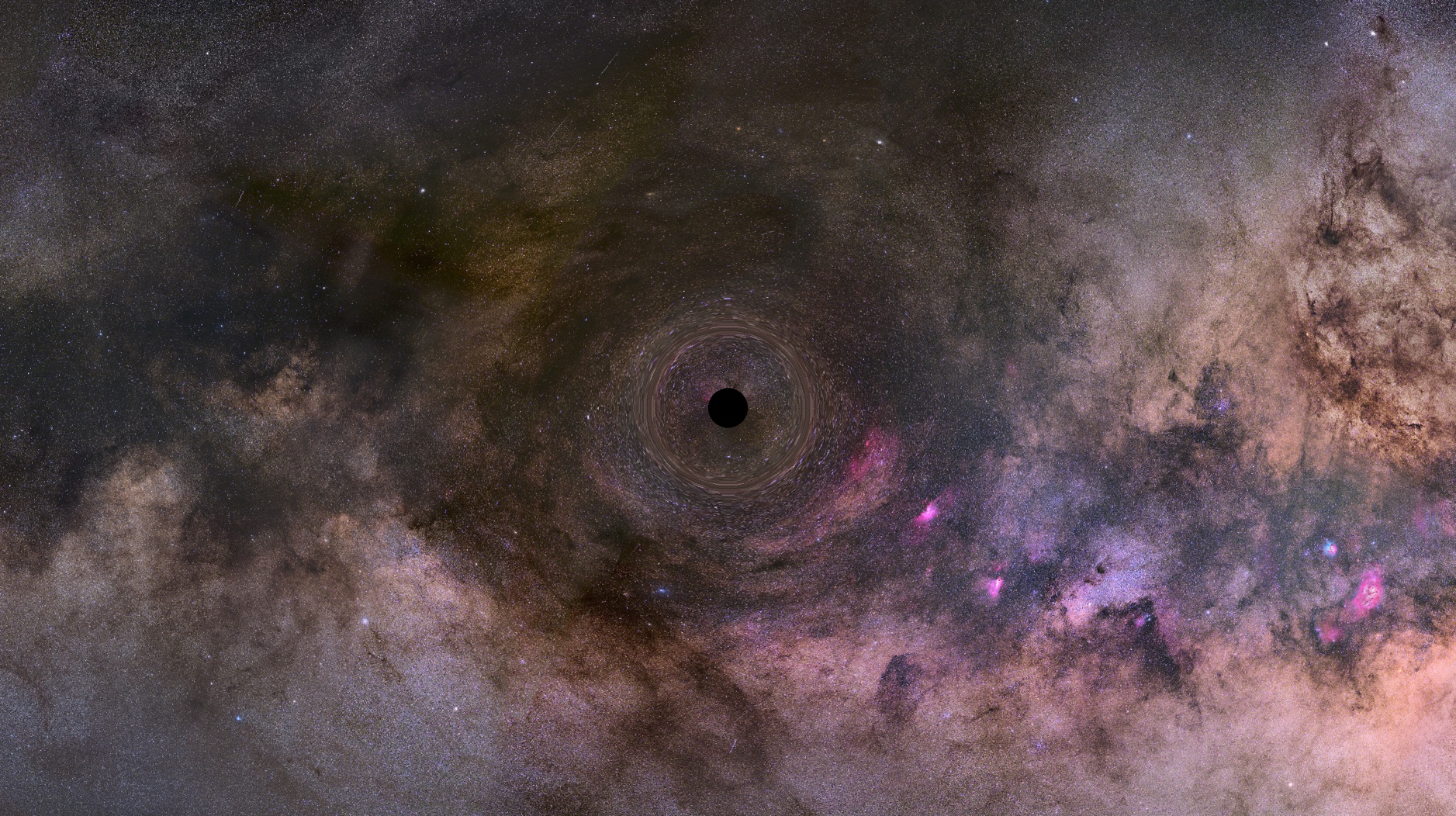Before Hubble, astronomers theorized the existence of supermassive black holes, but they had no conclusive evidence. Quasars, extremely bright quasi-stellar objects in remote active galaxies, indirectly hinted at their existence, but direct evidence of supermassive black holes didn’t come until 1994 when Hubble’s Faint Object Camera observed the heart of the giant elliptical galaxy M87. Hubble’s observations found a whirlpool of hot, ionized gas orbiting the heart of the galaxy at a speed of about 1.2 million miles per hour (550 kilometers per second). Only a supermassive black hole would have the gravitational power to create a vortex of hot gas at such velocities.
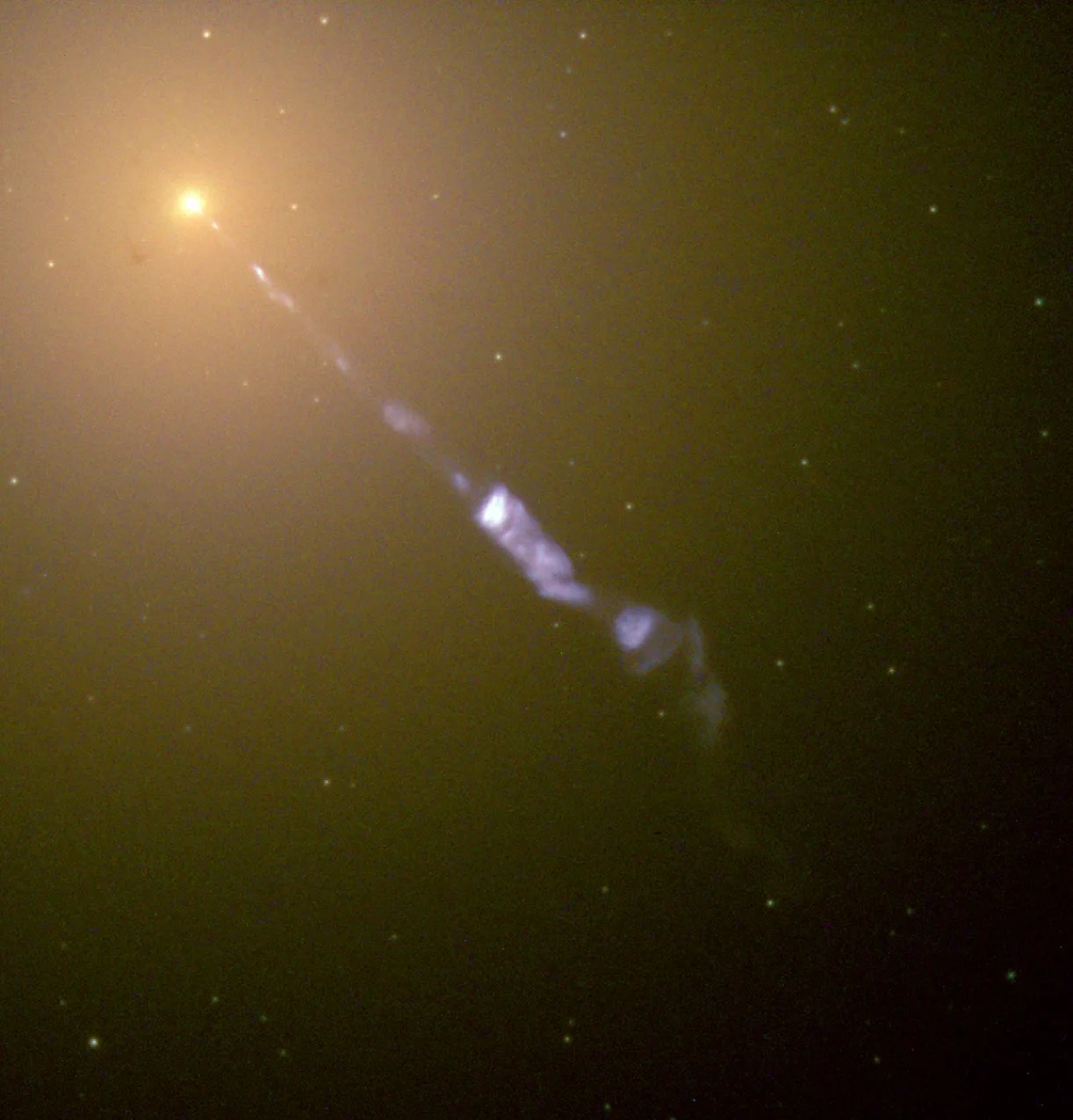
Supermassive black holes are millions to tens of billions times the mass of the Sun. A Hubble galaxy census showed that a black hole’s mass is dependent on the mass of its host galaxy’s central bulge of stars: the larger the galaxy, the larger the black hole. This close relationship may be evidence that black holes grew along with their galaxies, devouring a fraction of the galaxy’s mass and intrinsically linking the black hole to the galaxy’s evolution.
Black holes aren’t just associated with galaxies. Astronomers estimate that 100 million black holes roam the stars of our Milky Way galaxy alone. In 2022, two teams using Hubble data measured how a suspected isolated black hole’s gravity acted like a lens, warping and deflecting the light from a background star. Their measurements indicate the lensing object’s size is either a black hole or a compact neutron star.
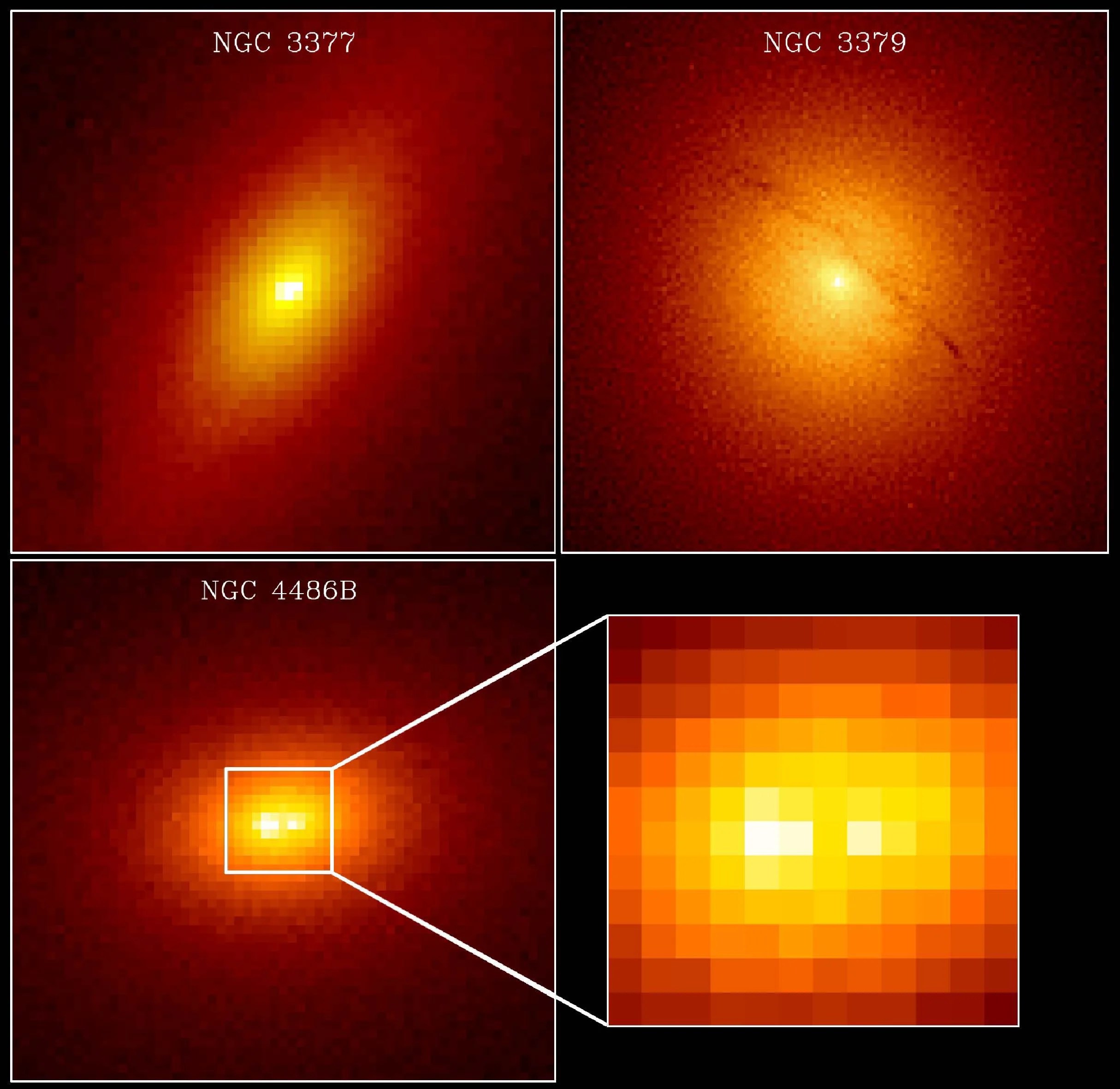
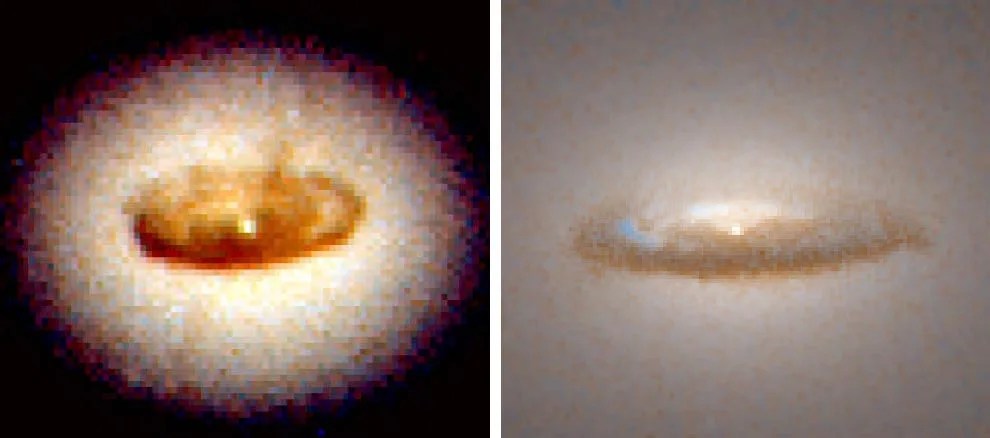
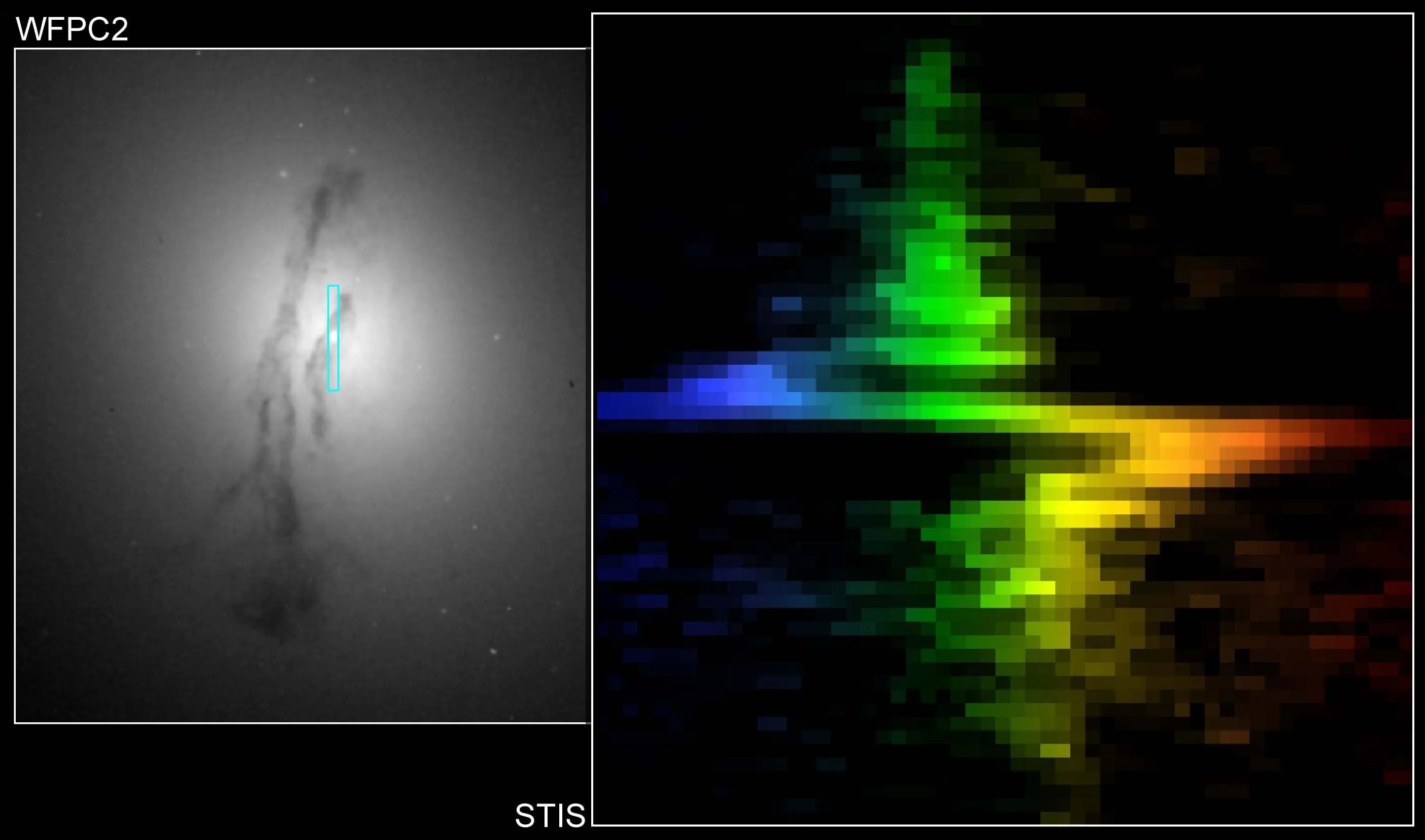
NASA; Director, Producer & Editor: James Leigh
Learn More
Explore Other Hubble Science Highlights
Learn about some of Hubble's most exciting scientific discoveries.
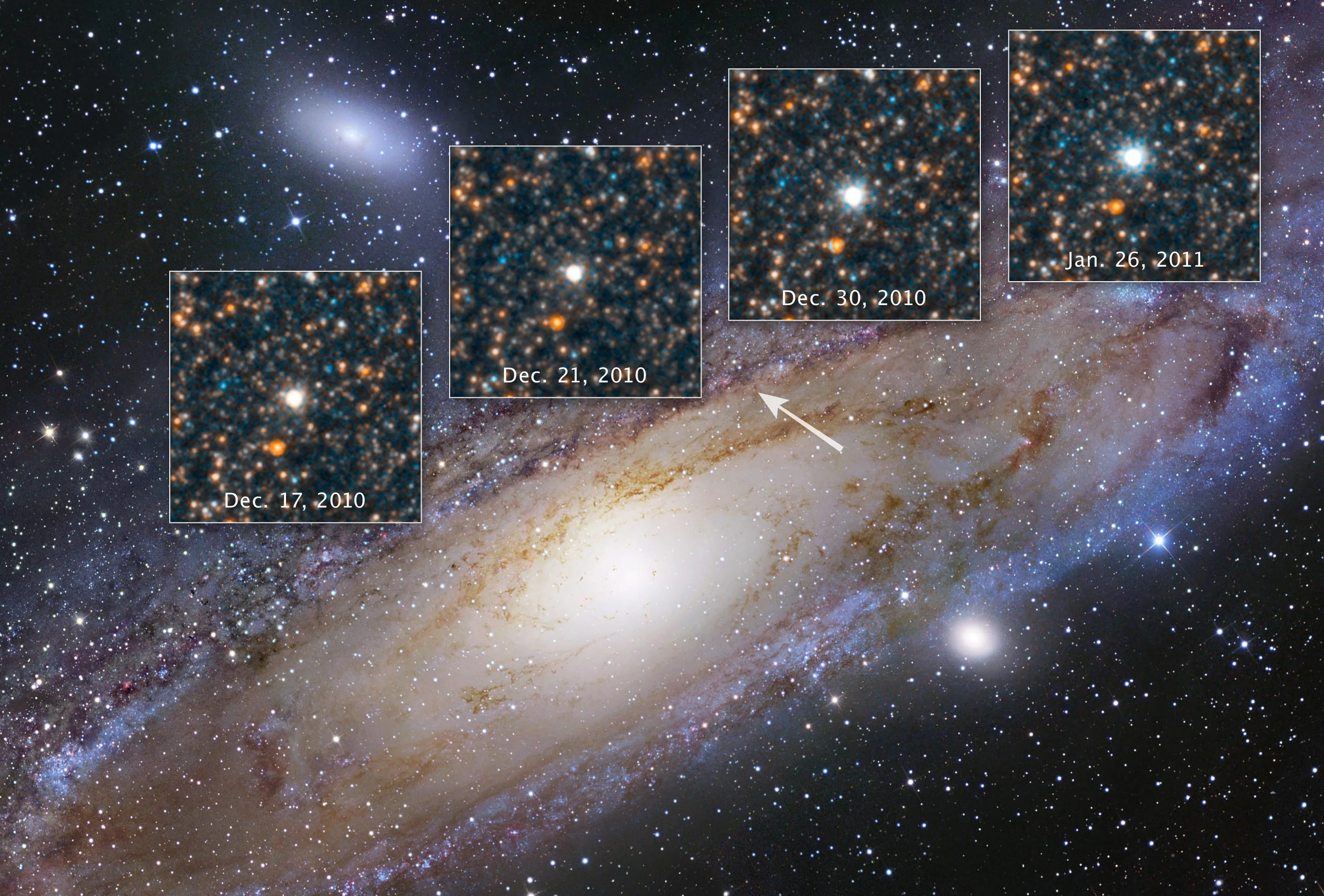
Discovering the Runaway Universe
Our cosmos is growing, and that expansion rate is accelerating.
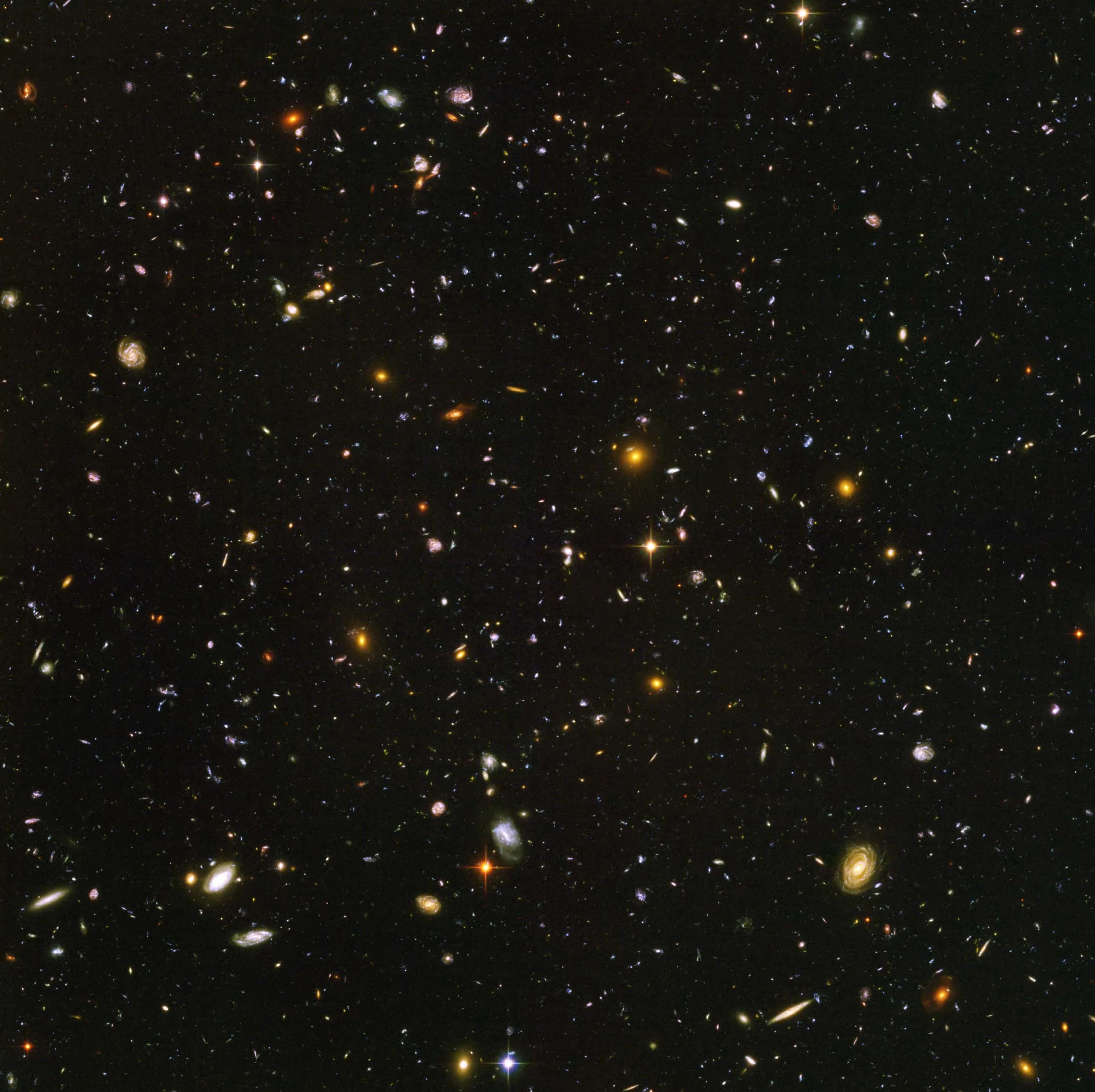
Tracing the Growth of Galaxies
Hubble is instrumental in uncovering the various stages of galactic evolution.
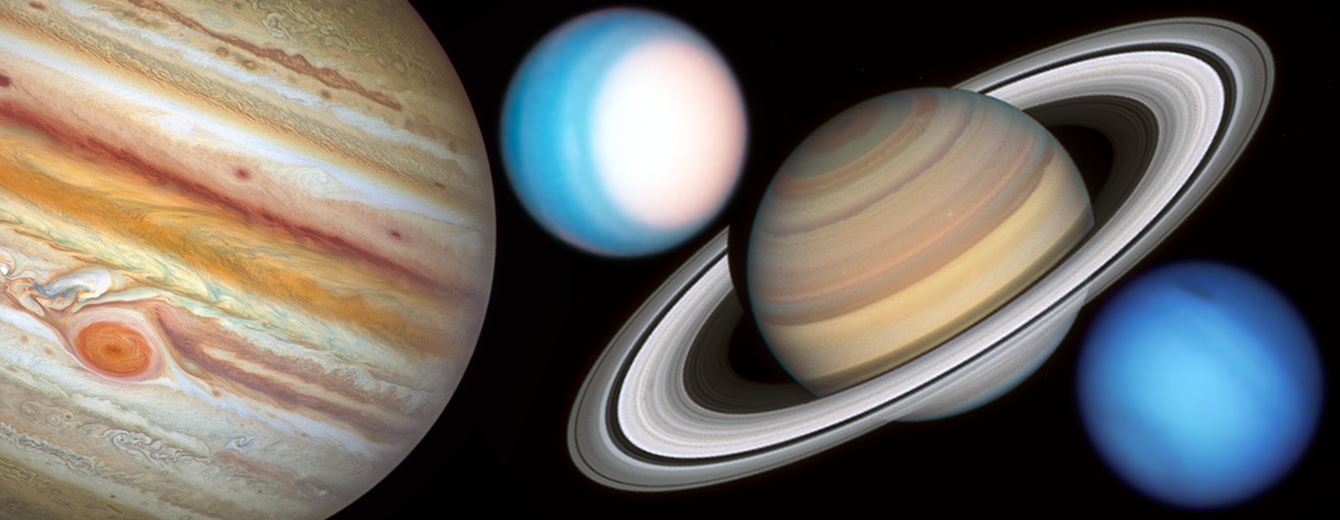
Studying the Outer Planets and Moons
Hubble’s systematic observations chart the ever-changing environments of our solar system's giant planets and their moons.
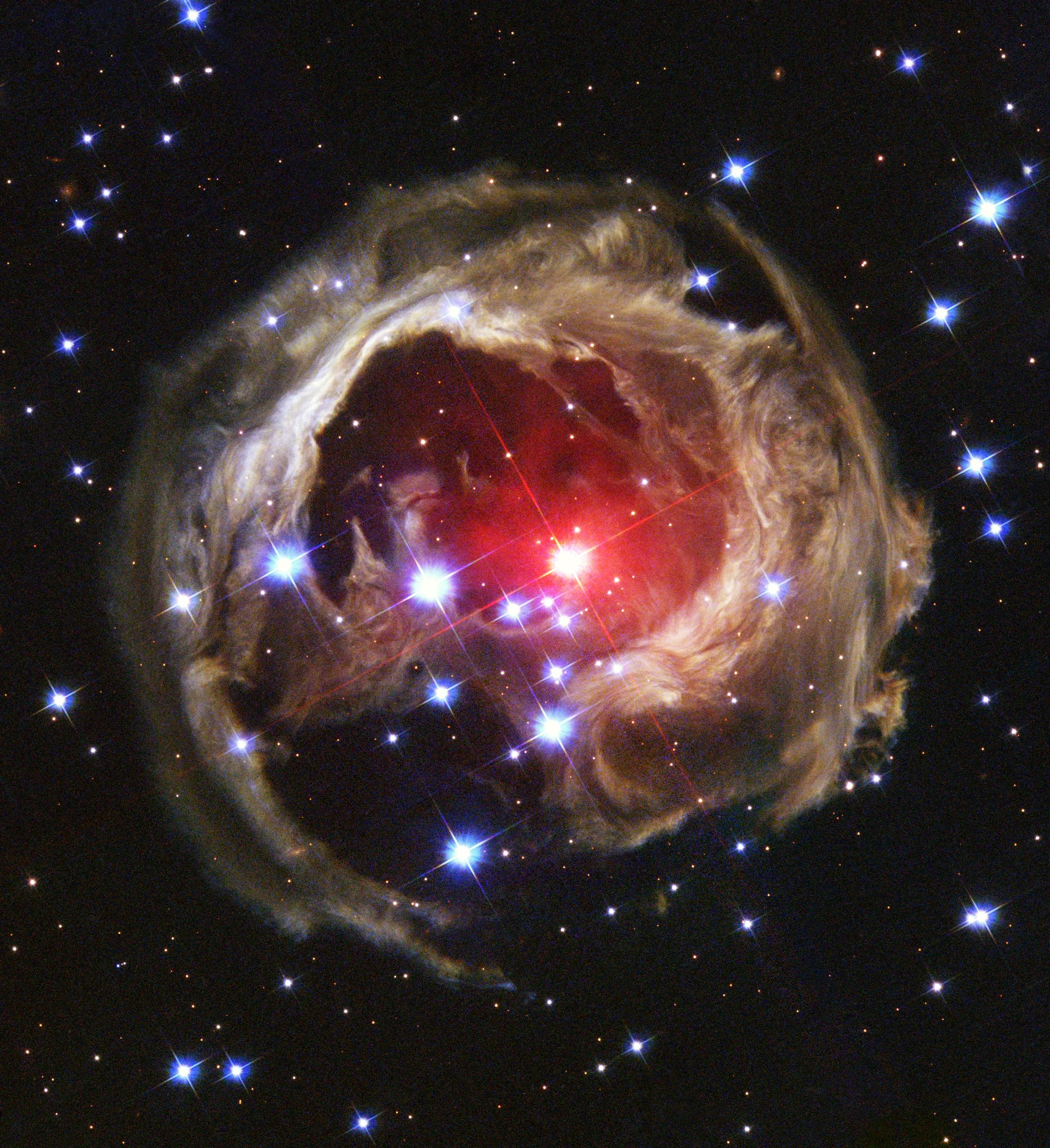
Seeing Light Echoes
Like ripples on a pond, pulses of light reverberate through cosmic clouds forming echoes of light.
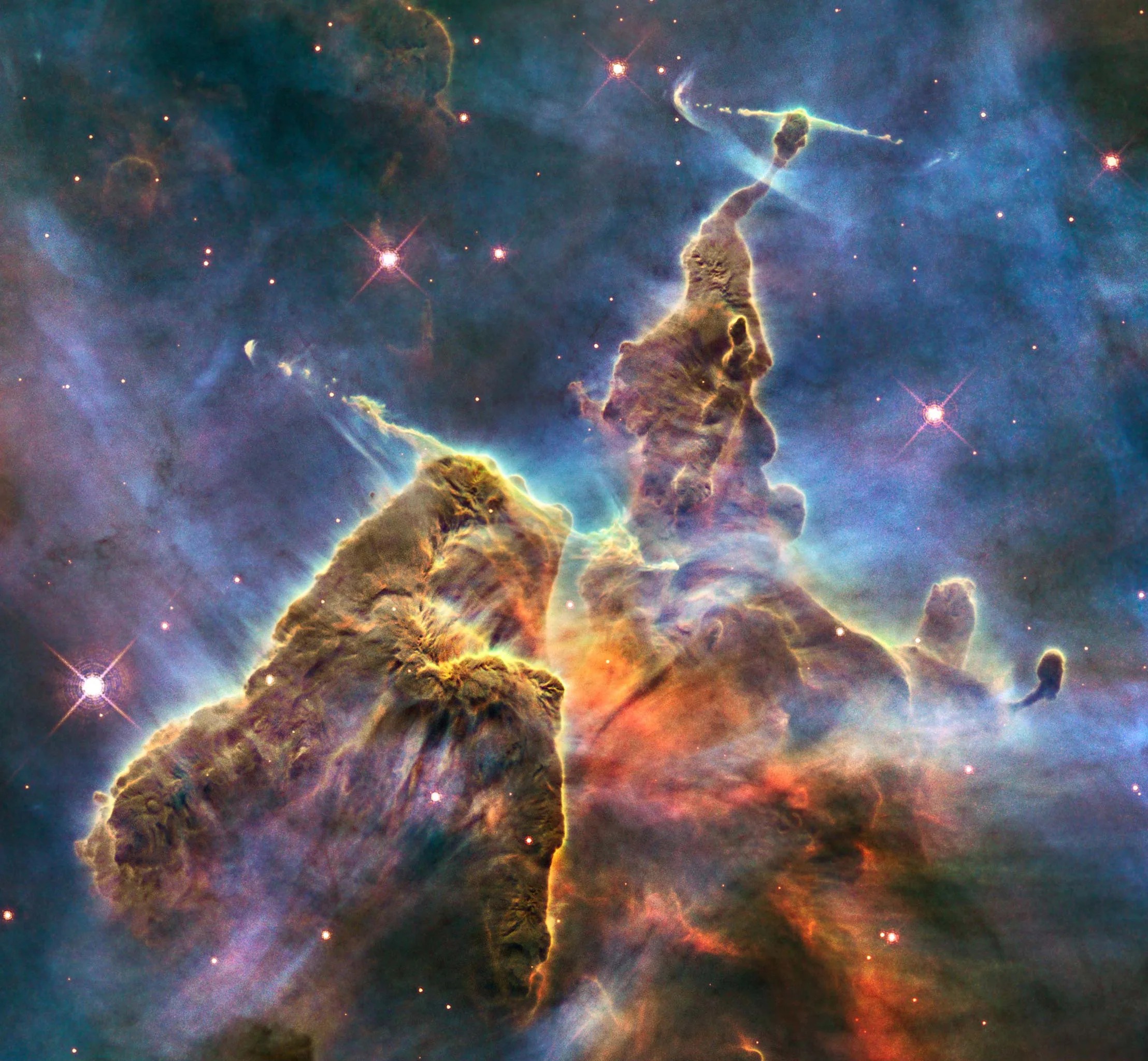
Exploring the Birth of Stars
Hubble’s near-infrared instruments see through the gas and dust clouds surrounding newborn stars.
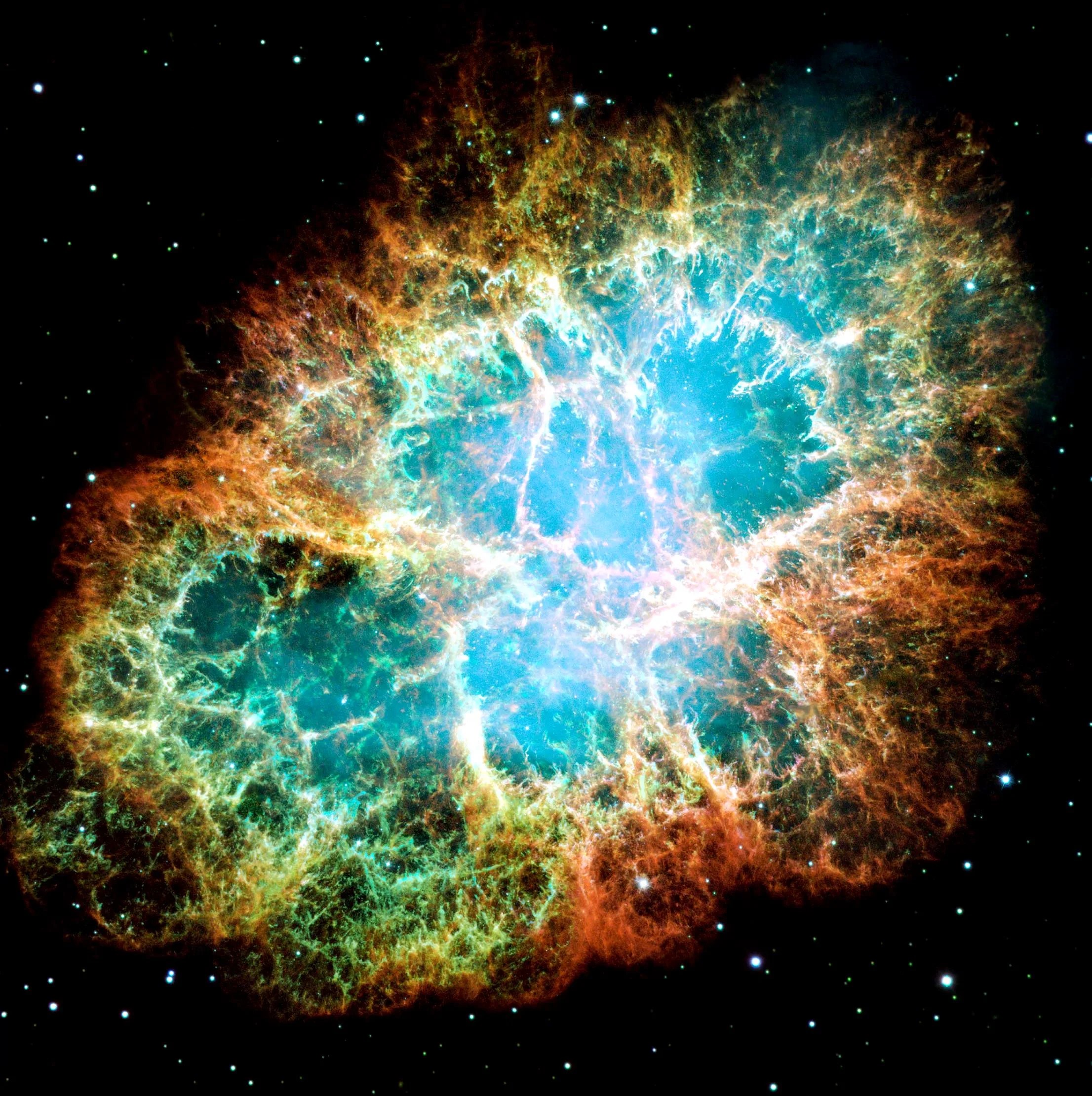
The Death Throws of Stars
From colliding neutron stars to exploding supernovae, Hubble reveals details of some of the mysteries surrounding the deaths of stars.
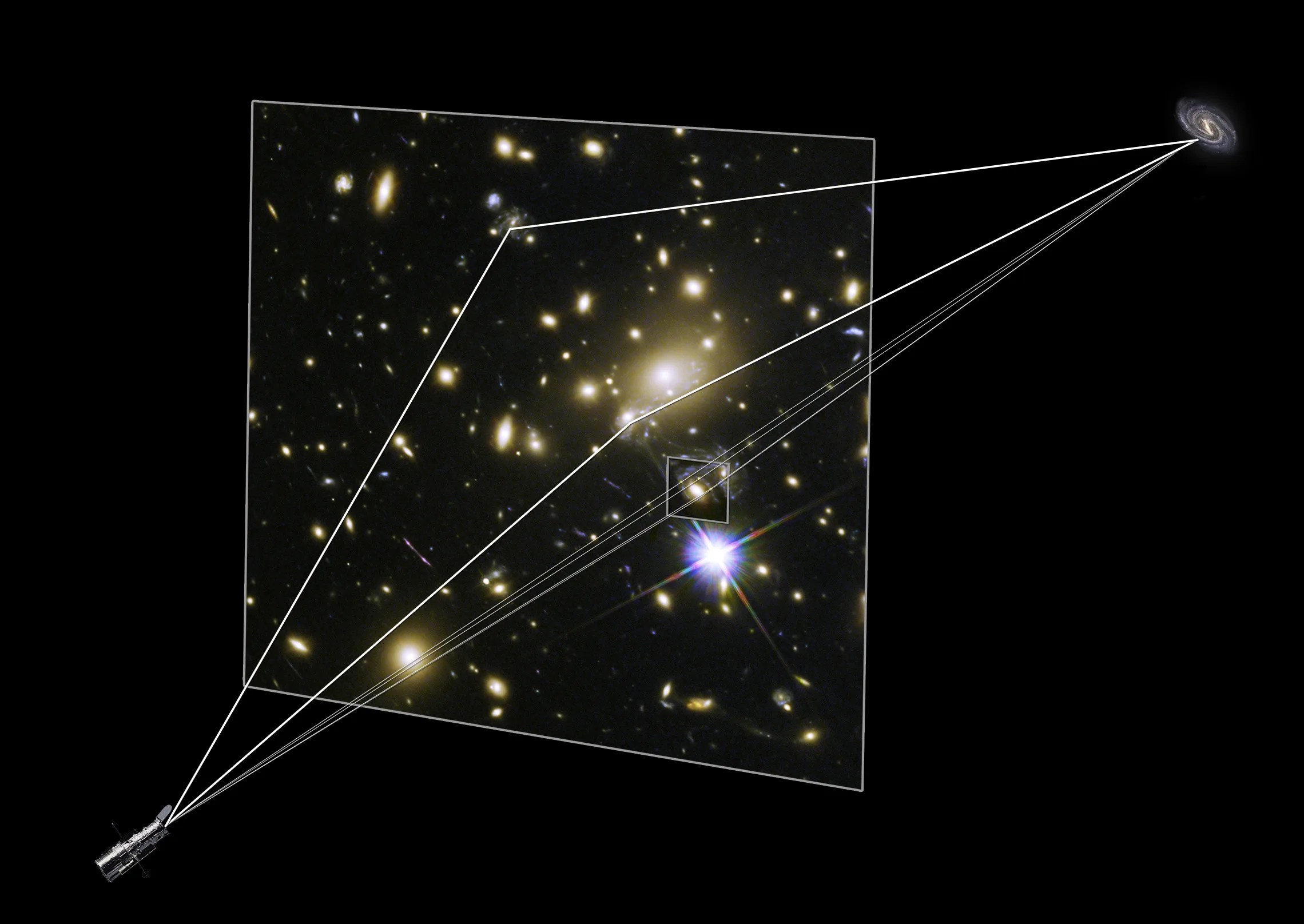
Shining a Light on Dark Matter
Hubble’s observations help astronomers uncover the underlying structure of the universe.
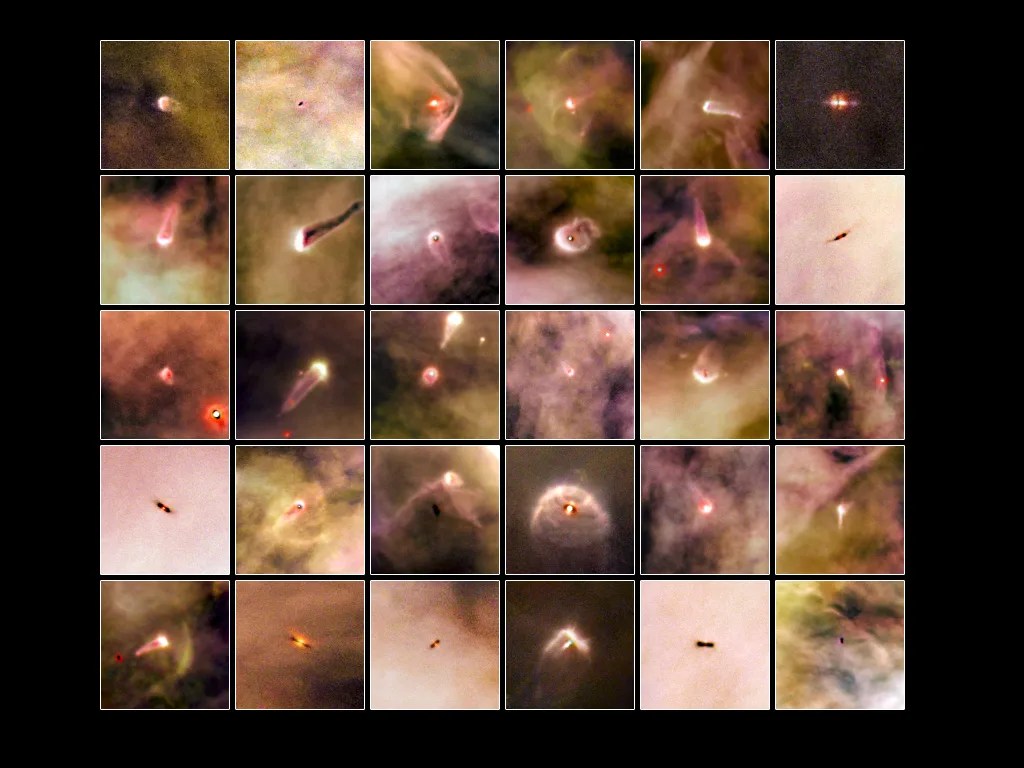
Finding Planetary Construction Zones
Hubble’s sensitivity can reveal great disks of gas and dust around stars.
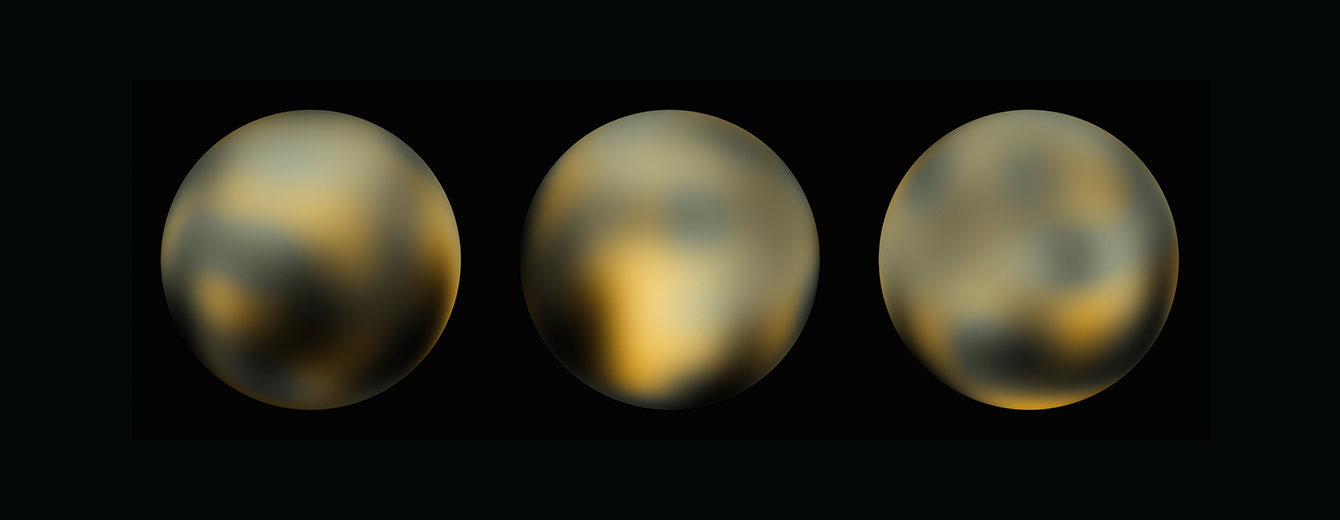
Uncovering Icy Objects in the Kuiper Belt
Hubble’s discoveries helped NASA plan the New Horizon spacecraft’s flyby of Pluto and beyond.
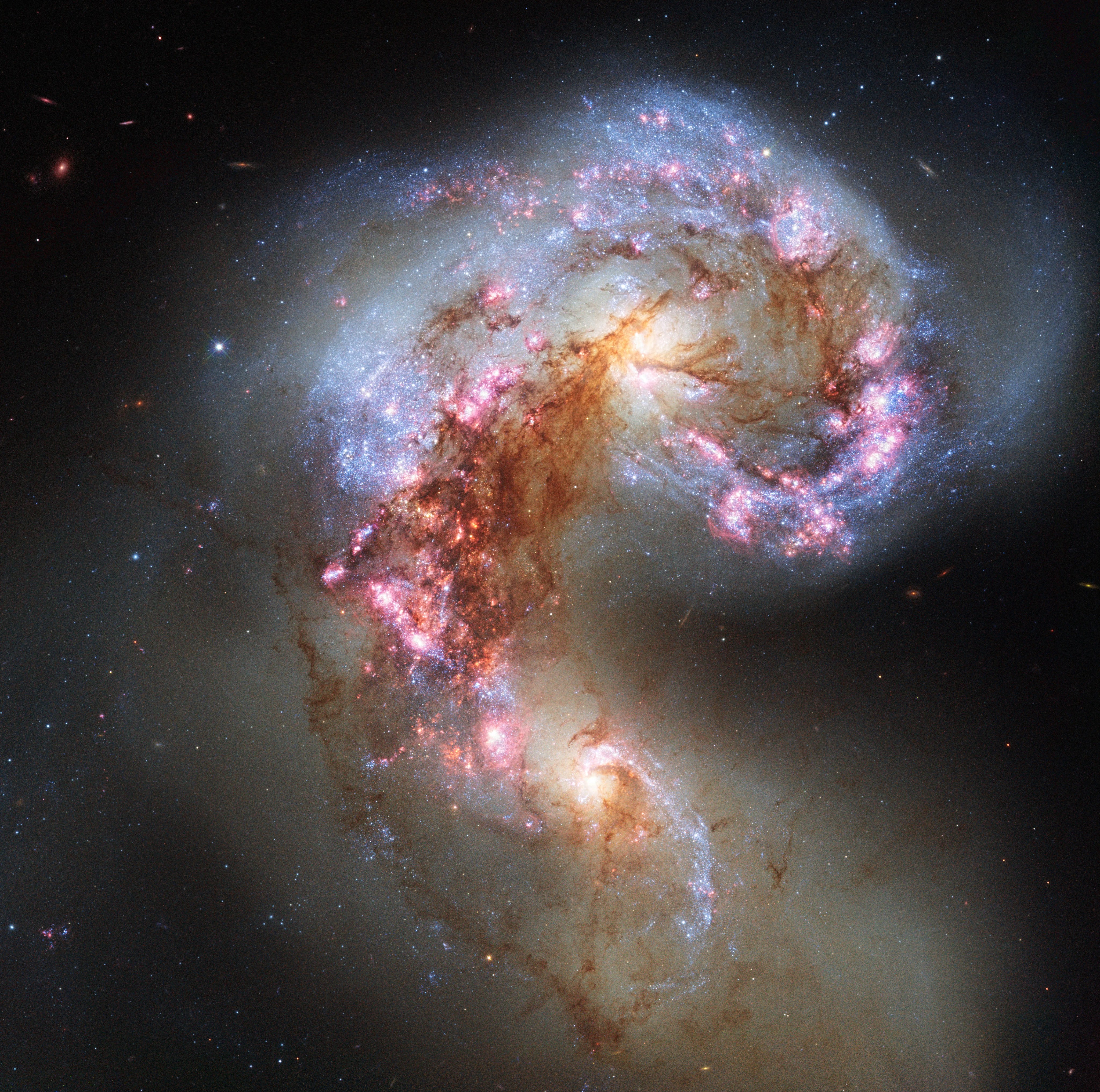
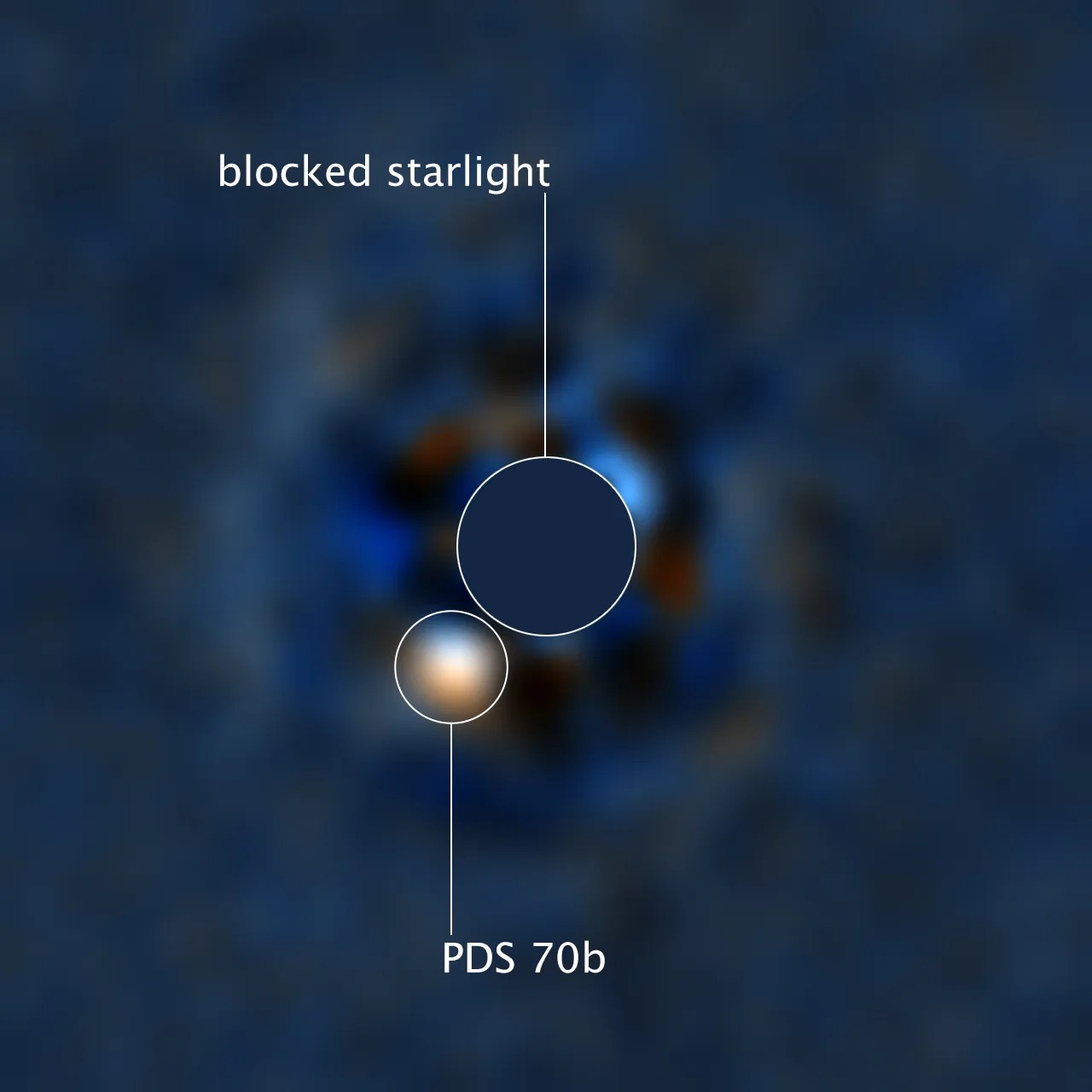
Recognizing Worlds Beyond Our Sun
Hubble’s unique capabilities allow it to explore planetary systems around other stars.
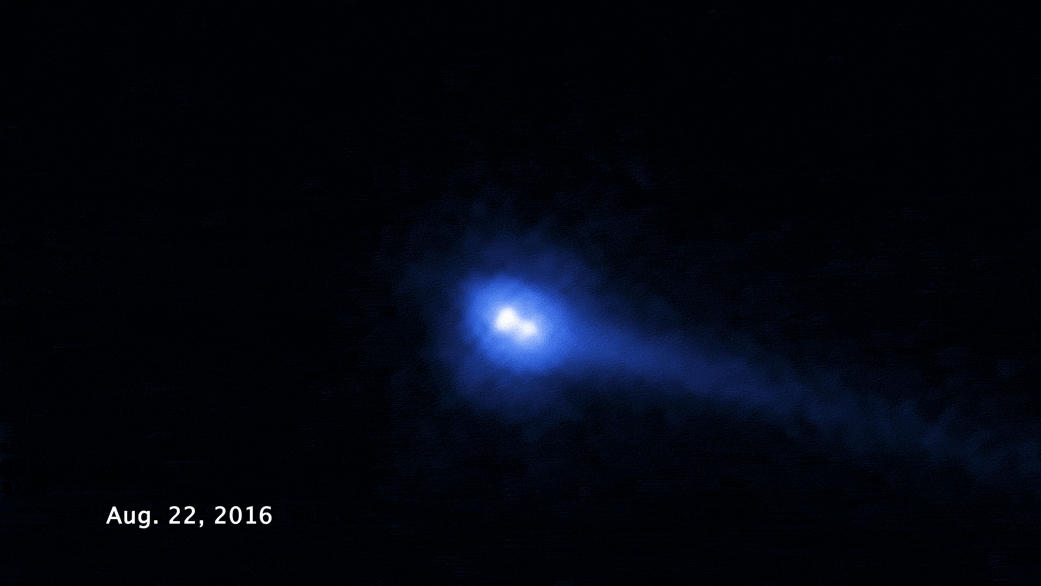
Tracking Evolution in the Asteroid Belt
These conglomerates of rock and ice may hold clues to the early solar system.

